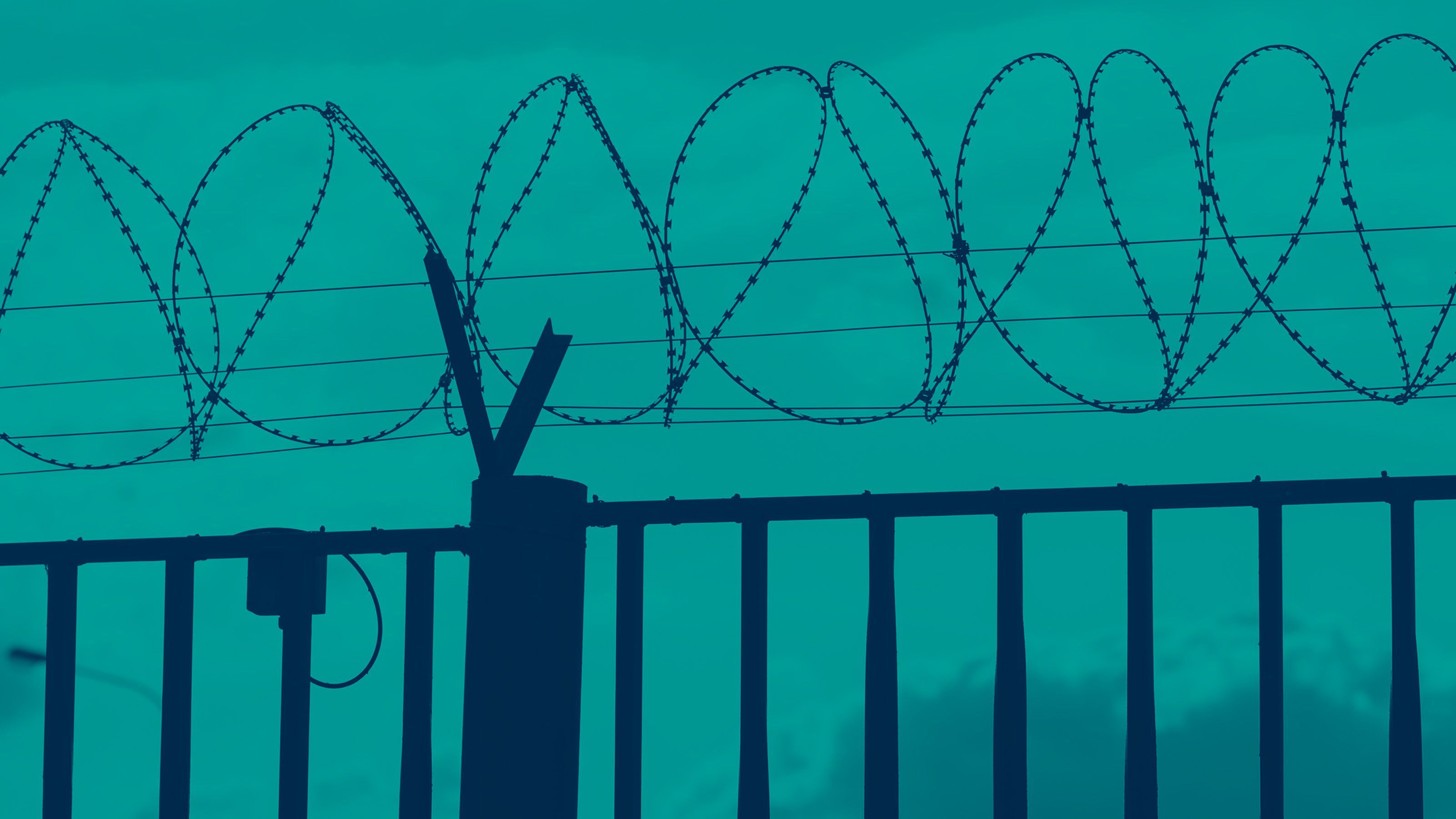Registration
You will receive an email confirming your registration.
With its great power relations gaining new momentum and its appeal rising among regional powers, India is becoming a significant diplomatic actor. Understanding the culture in which India's foreign policy approach is formulated is, therefore, imperative. 'Kautilya’s Arthashastra: Strategic Cultural Roots of India’s Contemporary Statecraft' examines the strategic behavior observed in the ancient treatise and compares it with the foreign policy conduct of independent India. An empirical enquiry, the book evaluates the continuity of strategic cultural traits under the themes of nonalignment, bilateral relations with China and Pakistan, and nuclear policy.
Carnegie India hosted Kajari Kamal for a discussion on how India’s strategic culture and foreign policy decision-making is shaped by Kautilya’s Arthashastra. The discussion was moderated by Srinath Raghavan.
DISCUSSION HIGHLIGHTS
Tracing the roots of India’s strategic culture: Participants explored the link between the ideational legacy of Arthashastra and India's strategic culture. They further assessed the influence of these historical ideas in the country's foreign policy decision-making. They laid down the three elements that define a state's external environment, which partly shapes its strategic culture: the nature of conflict, the nature of adversaries, and the efficacy of violence in addressing conflict. To understand conflict, Kautilya's Arthashastra talks about Matsya Nyaya, which means that a big state will end up dominating smaller states. This tendency makes war inevitable. Therefore, the ruler is bound by his duty, Rajadharma, to ensure the prosperity and security of the nation. Regarding the nature of adversaries, Kautilya resorts to grading states, ranging from allies to neutral states to enemies. Participants concurred with Kautilya's assertion that when a state has a unifocal enemy, the relationship between the two sometimes tends to become zero-sum. Finally, Kautilya reasons that since wars are expensive and cause huge destruction of life and property, violence should be considered a last tool in resolving a conflict. Furthermore, participants agreed that assessing a state's external security environment is crucial to developing its grand strategy. They explain that for Kautilya, the political unification of the Indian subcontinent is one of the end goals for India. To achieve the end goals, India should, firstly, make efficient use of its internal state factors (Prakritis) that make up comprehensive national power (CNP) and, secondly, employ appropriate methods of foreign policy (Sadgunyas). Participants concluded that India's grand strategy preference, whether accommodative, defensive, or offensive, would depend on how well it leverages its CNP and conducts politics with other states.
Understanding the India-U.S. relationship through Kautilya’s lenses: Kautilya’s Rajamandala theory underscores four major categories of states: Vijigishu (central state), Ari (enemy, whose territory is contiguous to Vijigishu), Madhyama (mediator with territory adjoining those of Vijigishu and Ari and stronger than both) and Udasina (neutral and more powerful than Vijigishu, Ari, and Madhyama). Participants explained that the U.S. is the Udasina in India’s Rajamandala. It is stronger than India and its neighbors, China (Madhyama) and Pakistan (Ari), and engages with them depending on its political interests. Having the U.S. as an ally, Mitra, is beneficial for India not only to improve its economic performance through better trade relations but also to counter the rising threat from China. Participants agreed that India’s favorable relationship with the U.S. helped the countries conclude the 2008 Civil Nuclear Agreement, which lifted the nuclear barrier status for India. Furthermore, a strong India-U.S. relationship will help New Delhi gain access to affordable energy supplies. Therefore, India is leveraging its partnership with the U.S. to maximize its interests. However, it is also persistent in its attempt to preserve its strategic autonomy. On strategic partnerships, Kautilya prescribes building alliances and entering into treaties with other countries to increase power peacefully. India is trying not to become overly dependent on a particular country and is actively engaging in minilateral partnerships with other countries, such as Japan and Russia. Participants concluded that the Rajamandala theory is valuable in understanding the evolving India-U.S. relationship.
Explaining the India-China relationship through Arthashastra: Drawing insights from Kautilya’s Arthashastra, participants discussed the present state of the India-China relationship. According to Kautilya, India, as a weaker partner, should adopt a policy that would enable it to survive in the face of rising Chinese threats. He also advises against unquestioningly submitting to a stronger country. Participants agreed that India must continuously prepare militarily and enhance its deterrence capabilities vis-a-vis China. Furthermore, they deliberated on the trajectory of the India-China relationship starting from the early 1990s. Both countries signed the Border Peace and Tranquillity Agreement in 1993 and 1996 to avoid aggression and maintain a stable environment at the borders. Participants concurred that China consolidated the time better than India did in the decade following the 1993 agreement. During this period, China’s GDP grew rapidly compared to India’s, resulting in significant economic and capability asymmetries between the countries. They speculated that this imbalance could have influenced China to breach the agreements. In the present scenario, India is responding to China at the borders because Chinese transgressions pose territorial threats to the country. Participants explained that by investing in infrastructure development across the LAC and building its defense capabilities, India is preparing against potential Chinese aggression at the borders.
This event summary was prepared by Adyasha A. Das,Young Ambassador at Carnegie India.
